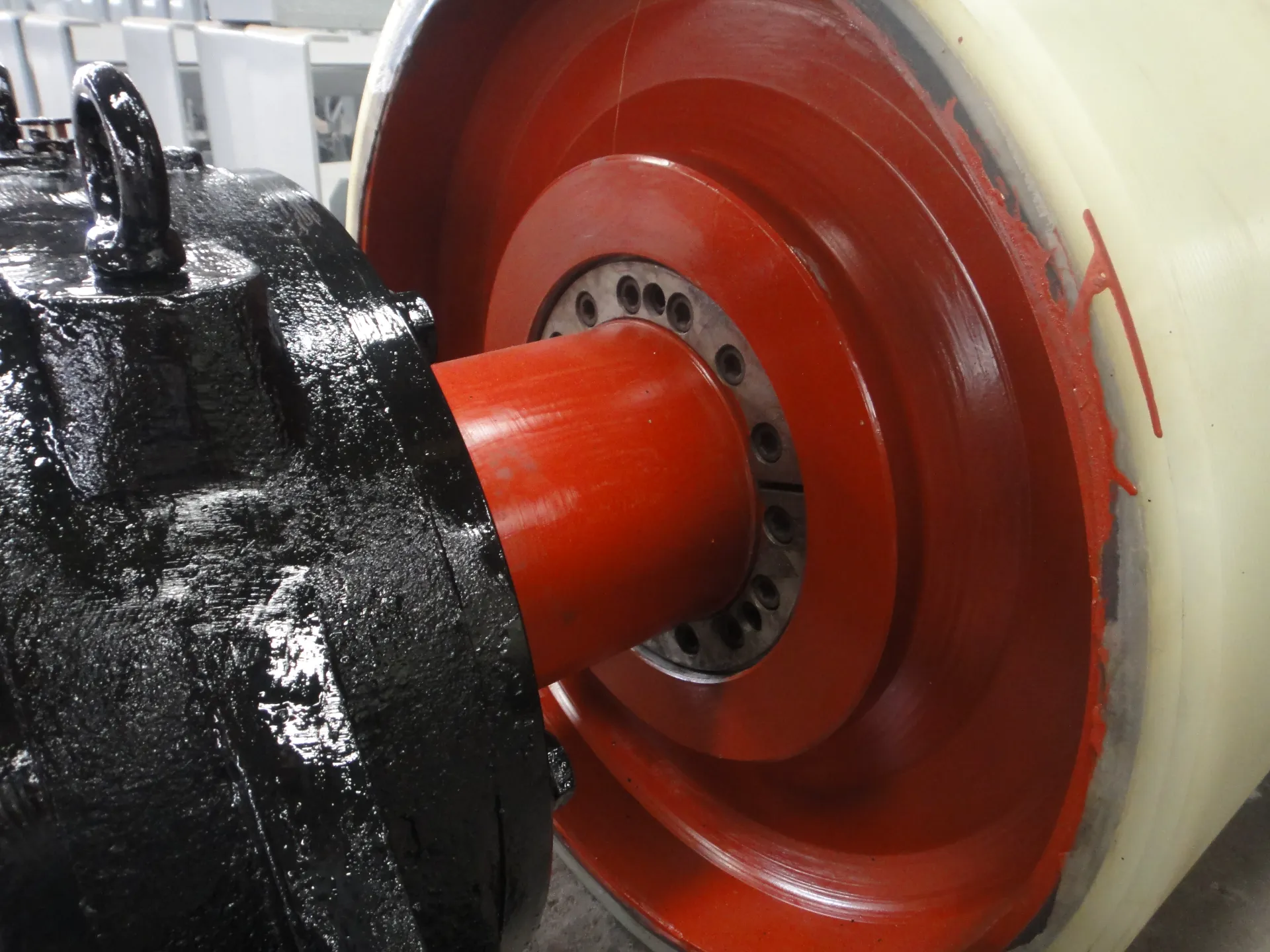 Afrikaans
Afrikaans  Albanian
Albanian  Amharic
Amharic  Arabic
Arabic  Armenian
Armenian  Azerbaijani
Azerbaijani  Basque
Basque  Belarusian
Belarusian  Bengali
Bengali  Bosnian
Bosnian  Bulgarian
Bulgarian  Catalan
Catalan  Cebuano
Cebuano  Corsican
Corsican  Croatian
Croatian  Czech
Czech  Danish
Danish  Dutch
Dutch  English
English  Esperanto
Esperanto  Estonian
Estonian  Finnish
Finnish  French
French  Frisian
Frisian  Galician
Galician  Georgian
Georgian  German
German  Greek
Greek  Gujarati
Gujarati  Haitian Creole
Haitian Creole  hausa
hausa  hawaiian
hawaiian  Hebrew
Hebrew  Hindi
Hindi  Miao
Miao  Hungarian
Hungarian  Icelandic
Icelandic  igbo
igbo  Indonesian
Indonesian  irish
irish  Italian
Italian  Japanese
Japanese  Javanese
Javanese  Kannada
Kannada  kazakh
kazakh  Khmer
Khmer  Rwandese
Rwandese  Korean
Korean  Kurdish
Kurdish  Kyrgyz
Kyrgyz  Lao
Lao  Latin
Latin  Latvian
Latvian  Lithuanian
Lithuanian  Luxembourgish
Luxembourgish  Macedonian
Macedonian  Malgashi
Malgashi  Malay
Malay  Malayalam
Malayalam  Maltese
Maltese  Maori
Maori  Marathi
Marathi  Mongolian
Mongolian  Myanmar
Myanmar  Nepali
Nepali  Norwegian
Norwegian  Norwegian
Norwegian  Occitan
Occitan  Pashto
Pashto  Persian
Persian  Polish
Polish  Portuguese
Portuguese  Punjabi
Punjabi  Romanian
Romanian  Russian
Russian  Samoan
Samoan  Scottish Gaelic
Scottish Gaelic  Serbian
Serbian  Sesotho
Sesotho  Shona
Shona  Sindhi
Sindhi  Sinhala
Sinhala  Slovak
Slovak  Slovenian
Slovenian  Somali
Somali  Spanish
Spanish  Sundanese
Sundanese  Swahili
Swahili  Swedish
Swedish  Tagalog
Tagalog  Tajik
Tajik  Tamil
Tamil  Tatar
Tatar  Telugu
Telugu  Thai
Thai  Turkish
Turkish  Turkmen
Turkmen  Ukrainian
Ukrainian  Urdu
Urdu  Uighur
Uighur  Uzbek
Uzbek  Vietnamese
Vietnamese  Welsh
Welsh  Bantu
Bantu  Yiddish
Yiddish  Yoruba
Yoruba  Zulu
Zulu Affordable Conveyor Belt Roller Pricing and Options for Your Needs
Understanding Conveyor Belt Roller Prices A Comprehensive Overview
Conveyor belt rollers are essential components in material handling systems, playing a crucial role in the efficient transport of goods and materials across various industries. From manufacturing to warehousing, these rollers help ensure that operations run smoothly, enabling businesses to maintain productivity. However, the price of conveyor belt rollers can vary significantly based on several factors. In this article, we will explore the determinants of conveyor belt roller prices, the types of rollers available, and considerations for purchasing.
Factors Influencing Conveyor Belt Roller Prices
1. Material and Construction The price of conveyor belt rollers is heavily influenced by the materials used in their construction. Common materials include steel, aluminum, and high-density polyethylene (HDPE). Steel rollers are often more expensive due to their durability and strength, making them suitable for heavy-duty applications. Conversely, lighter materials like aluminum or plastic may be cheaper but are typically used for lighter loads.
2. Size and Design The dimensions of the roller also play a critical role in pricing. Larger rollers, which can support heavier loads, tend to cost more than smaller ones. Additionally, specialized designs, such as those engineered for specific applications (e.g., inclined or curved conveyor systems), can increase costs due to the need for custom manufacturing.
3. Load Capacity The load capacity of a roller directly affects its price. High-capacity rollers designed for heavy loads will generally be more expensive than standard capacity rollers. Choosing the right load capacity is essential for ensuring the longevity of both the roller and the conveyor system.
4. Brand and Quality Brand reputation influences price as well. Established brands that are known for their high-quality products may charge a premium. Investing in well-regarded brands can often result in lower operational costs in the long run, as these products tend to have longer lifespans and require less frequent replacement.
5. Market Conditions Economic factors, such as the cost of raw materials and supply chain issues, can impact the pricing of conveyor belt rollers. Fluctuations in global steel prices, for instance, can lead to changes in roller costs. Additionally, during periods of high demand, suppliers may increase prices.
Types of Conveyor Belt Rollers
1. Idler Rollers These are used to support the conveyor belt and load. They are available in various sizes and types, including impact rollers that help absorb shocks from heavy loads and training rollers that keep the belt aligned.
conveyor belt roller price

2. Drive Rollers These rollers are connected to the drive mechanism and are responsible for moving the belt. They are typically more expensive due to their additional features that facilitate power transmission.
3. Return Rollers As the name suggests, return rollers support the return side of the conveyor belt. They are generally less expensive than drive rollers but still essential for maintaining the conveyor system's integrity.
4. Specialty Rollers These include rollers designed for specific applications, such as food-grade rollers or corrosion-resistant models used in harsh environments. Specialty rollers tend to be more costly due to their specialized materials and engineering.
Considerations for Purchasing Conveyor Belt Rollers
When purchasing conveyor belt rollers, it is essential to consider your specific application requirements. Start by analyzing the load weight, belt speed, and environmental conditions. Additionally, consider the lifecycle cost of the rollers, including maintenance and replacement. Cheaper rollers might seem attractive initially, but if they do not last as long or require frequent servicing, they could end up costing more.
Another vital consideration is alignment with industry standards. Ensure that the rollers you choose meet necessary safety and quality standards relevant to your industry. This will help prevent costly accidents or downtime caused by equipment failure.
Finally, always seek quotes from multiple suppliers to ensure competitive pricing. Many manufacturers may offer bulk discounts or customization options that can help you save money without compromising on quality.
Conclusion
Understanding conveyor belt roller prices involves considering various factors, including materials, size, load capacity, and market conditions. By carefully analyzing your specific needs, industry standards, and supplier options, you can make informed purchasing decisions that lead to operational efficiency and cost savings in your conveyor systems.
-
Revolutionizing Conveyor Reliability with Advanced Rubber Lagging PulleysNewsJul.22,2025
-
Powering Precision and Durability with Expert Manufacturers of Conveyor ComponentsNewsJul.22,2025
-
Optimizing Conveyor Systems with Advanced Conveyor AccessoriesNewsJul.22,2025
-
Maximize Conveyor Efficiency with Quality Conveyor Idler PulleysNewsJul.22,2025
-
Future-Proof Your Conveyor System with High-Performance Polyurethane RollerNewsJul.22,2025
-
Driving Efficiency Forward with Quality Idlers and RollersNewsJul.22,2025





























